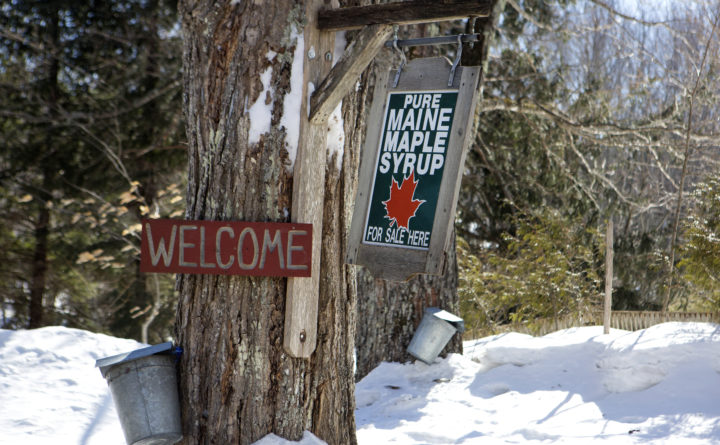
Maine’s maple and honey producers are hoping the federal government backs off proposed new labeling requirements that they fear could undo decades of industry marketing of the natural sweeteners.
Educating or confusing consumers?
As part of a campaign aimed at educating consumers about excess sugar in their diets, the U.S. Food and Drug Administration is proposing that labels on pure maple sugar and pure honey contain the language “added sugar,” despite acknowledging no added sugar is present in either product beyond what naturally occurs. Maple and honey are sweet because of their naturally occurring fructose and glucose sugars.
“Pure honey [and] pure maple syrup contribute to the daily value of added sugars whether added by consumers to foods [like] maple syrup poured over pancakes or consumed in isolation [like] a spoonful of honey,” FDA spokeswoman Theresa Eisenman said in an email Thursday. “The new nutrition facts label incorporates the latest evidence-based information on nutrients, such as added sugars, to provide consumers with more information regarding their food choices.”
In the case of pure maple syrups and honey, “added sugar” means how much sweetener — albeit naturally occurring — a single serving contains above the FDA recommended daily sugar allowance. Any food that has more than that allowance would have to contain the language “added sugar,” which really means “excess sugar over the recommended amount,” according to Kathy Hopkins, educator with University of Maine Cooperative Extension and advisor to the Maine Maple Producers Association.
To read the rest of “Maine’s maple syrup, honey producers caught in sticky labeling mess,” an article by contributing Bangor Daily News staff writerJulia Bayly, please follow this link to the BDN online.







